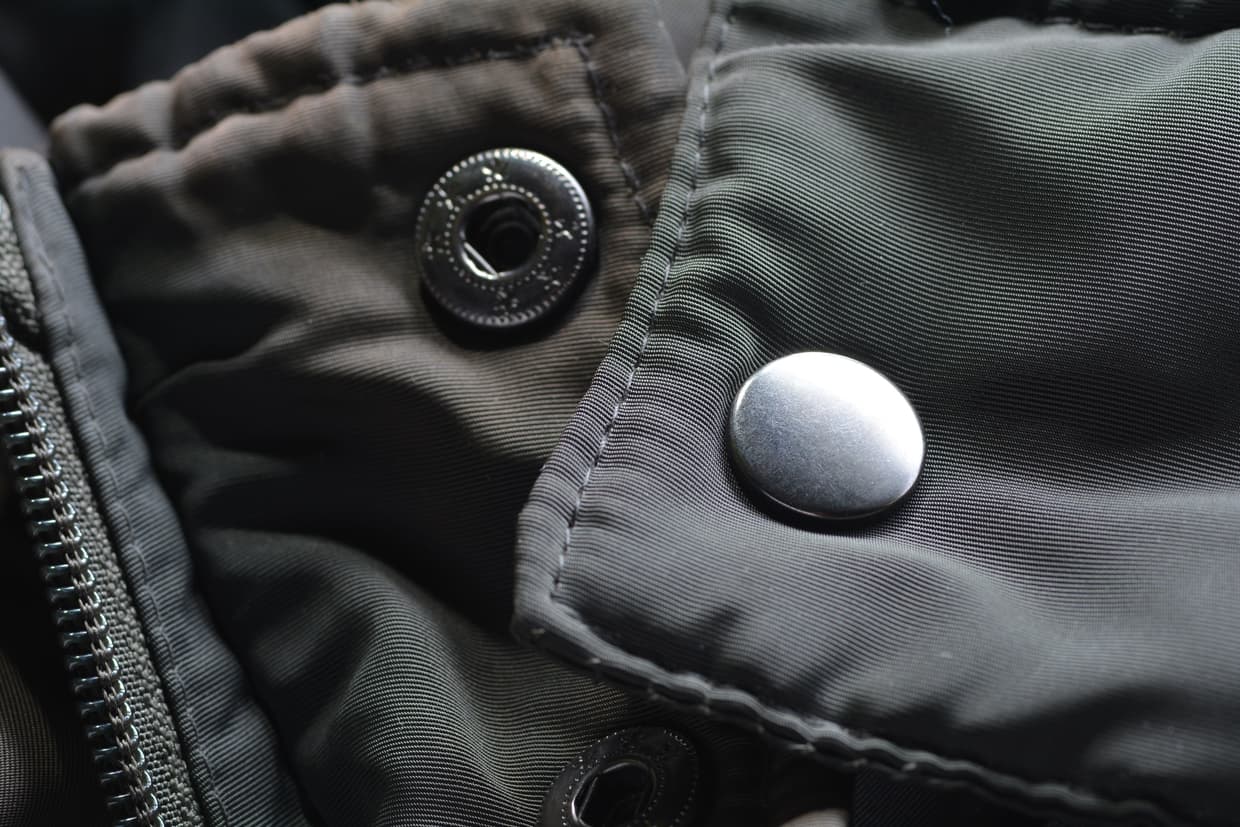
A Buyer's Guide to Choosing Spring Snap Buttons and Press Studs
For sourcing managers and apparel production heads, the smallest components can pose the largest risks. While fabric choices and factory audits consume significant attention, the humble snap button/ fastener—or "press stud" as it's known in Europe—is a critical element of garment trim that holds disproportionate power over a product's quality, compliance, and ultimate brand perception.
A single failed snap doesn't just inconvenience a customer; it can trigger a product return, generate negative reviews, and, in the worst-case scenario, signal a breakdown in a brand's quality control and material due diligence. In today's market, where consumers equate tactile quality with brand value, the satisfying and secure "click" of a well-engineered fastener is a non-negotiable touchpoint.
Choosing a snap button/ fastener is therefore not a simple procurement task; it is an exercise in supply chain risk mitigation. Selecting the right component, and more importantly, the right snap button/ fastener supplier, is essential for protecting your brand and ensuring market access.
Deconstructing the Snap Button Decision: More Than Just a Four-Part Component
At a technical level, a snap button/ fastener is a four-part system: the cap, socket, stud, and post. However, the critical distinction that every sourcing professional must understand lies in the internal spring mechanism of the socket, which dictates the fastener's performance, durability, and appropriate application. This engineering detail is where quality is either built-in or fatally absent. The two primary mechanisms are:
This mechanism uses a circular ring to create tension, this design offers a firm, secure closure with a higher tensile strength. It is the industry standard for medium to heavy-weight fabrics where durability is paramount.
Application: Jackets, denim, heavy-duty workwear, and outerwear. Its sturdy action ensures it can withstand rigorous use without failing.
Characterized by a robust parallel line spring within the socket. The resulting snap action is smoother and gentler, making it ideal for applications where the fabric is more delicate and a forceful closure could cause damage.
Application: Lightweight woven fabrics, western shirts, blouses, and children’s wear. As a specialized press stud supplier, we see this type is often preferred for its less aggressive impact on the material.
A third category, the prong snap button, is often used for infant wear and stretch fabrics, clamping onto the material without a traditional spring mechanism. Selecting the wrong type—for example, using a gentle ring spring on heavy-duty canvas—is a recipe for functional failure and customer dissatisfaction.
The Snap Button Compliance Imperative: Your Supplier as a Regulatory Shield
For brands selling into the US and most critically, the European Union, the material composition of your hardware is as important as its mechanical function. Regulatory frameworks like REACH (Registration, Evaluation, Authorization and Restriction of Chemicals) and RoHS (Restriction of Hazardous Substances) are not suggestions; they are legal requirements for market entry.
These regulations place strict limits on substances like lead, cadmium, and nickel—the latter being a common allergen that can cause significant liability issues. This is where vetting your snap fastener supplier becomes a critical act of due diligence. A reliable partner doesn't just sell components; they provide a verifiable chain of custody for their materials and finishing processes.
Sourcing managers must ask pointed questions:
- Can you provide REACH and RoHS compliance certificates for this specific component?
- What is your process for testing batches for restricted substances?
- Do your finishing options, like eco-friendly plating, meet global sustainability standards?
Failure to secure this documentation can result in entire shipments being rejected at customs, leading to catastrophic financial and logistical consequences.
Vertical Integration: The Strategic Advantage in a Fractured Supply Chain
The surest way to mitigate these quality and compliance risks is to partner with a vertically integrated manufacturer. A supplier who controls the entire production lifecycle—from initial design and tool-making to stamping, finishing, and quality assurance—offers unparalleled transparency and accountability.
This model eliminates the risks associated with a fragmented supply chain where different stages are outsourced to unknown sub-contractors. A vertically integrated garment trim supplier can guarantee that the raw brass specified is the brass used, that the nickel-free plating is correctly applied, and that every component in a batch of 500,000 meets the same exacting standard as the approved sample.
Ultimately, the choice of a snap fastener goes far beyond aesthetics. It's a strategic decision that impacts your product's durability, your brand's reputation, and your ability to operate legally in global markets. By prioritizing technical specifications, demanding verifiable compliance, and seeking out vertically integrated partners, sourcing professionals can transform a potential liability into a statement of quality.
SINYI is a vertically integrated apparel hardware manufacturer based in Taiwan, specializing in the production of REACH and RoHS compliant snap buttons for discerning global brands. Contact our experts to ensure your supply chain is built on a foundation of quality and compliance.

CONTACTUS
We strive to bring you quality products with a minimal approach of design.
DISCOVER MORE

